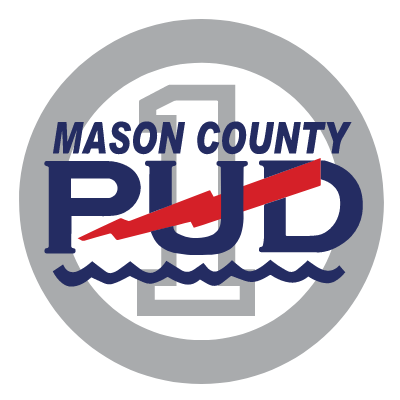The routine contaminants the District tests for in the various water systems are:
- Coliform – total coliform, fecal coliform and E. coli (monthly for Group A and twice a year for Group B)
- Nitrate (annually for Group A and every 3 years for Group B)
- Copper (every 3 years for Group A community and non-community non-transient systems)
- Lead (every 3 years for Group A community and non-community non-transient systems)
- Iron (secondary contaminant)
- Manganese (secondary contaminant)
- Chloride (secondary contaminant)
For systems treated with chlorine we also test for disinfection byproducts that may be produced by the chlorine:
- Total trihalomethanes
- Haloacetic acids
Other contaminants we occasionally test for when required by DOH:
- Synthetic organics – pesticides, herbicides, insecticides
- Volatile organic chemicals
- Radioactive contaminants
- Asbestos for systems with asbestos concrete pipes
- Other inorganic contaminants not part of the routine testing
Waivers mean no testing of a specified contaminant is required for a set period of time and are available for the occasionally tested contaminants. Waivers may be granted to Group A water system by the State based on susceptibility assessment of the source or automatically granted for state-wide waivers. The Consumer Confidence Reports lists the waivers the water system has been granted.
Consumer Confidence Reports are available for all Group A community systems and most Group A non-community systems. These reports are posted for the prior calendar year by July 1st. Postcards with direct URLs (web links) are mailed to customers before July 1st, except for those who have requested paper copies.
If you would like to receive a paper copy instead of the URL, please contact the Water Department to be placed on the paper copy mailing list. Below are links to the most recent Consumer Confidence Reports. If you would like copies of past reports, please call or email the Water Department.
